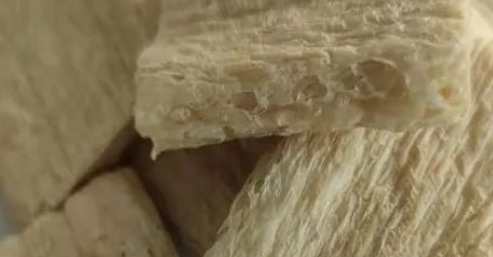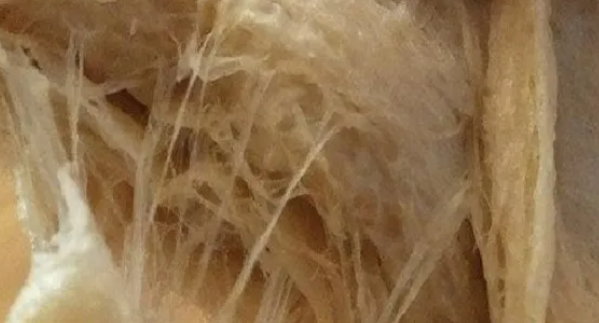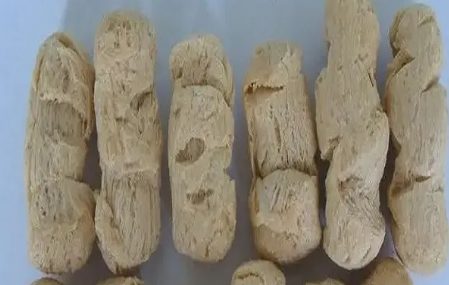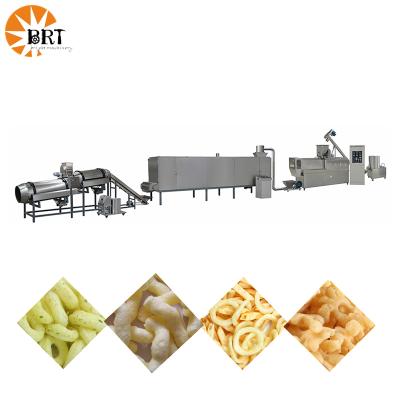Use of Soy Protein
Use of Soy Protein
Soybean silk protein is a protein product with a texture similar to muscle fiber, which is made from high-quality soybean protein isolate as the main raw material and processed through a special process. After hydration during production, it has uniform organizational characteristics and specific organizational structure. Adding 10-20% of pulled protein to meat products can replace beef and pork, which does not affect product quality and reduce raw material costs. It can also prevent meat shrinkage and make it have higher nutritional value. Soybean silk protein contains natural antioxidants. When added to meat products, it can play a protective role and reduce oxidative rancidity. In recent years, soybean silk protein, as an emerging plant protein, is widely used in meat products, spicy foods, and snack foods to replace pork and beef.
1. Soaking:
According to the production demand, use the thawing tank to soak and process the drawn protein. When soaking, use normal temperature water and soak for about 30 minutes. It is required to turn it 1 to 2 times during the soaking process to allow the surface layer of the brushed protein particles to fully absorb water. (1. The water temperature is 15~22℃; 2. There are no lumps when pinched by hand, and each particle fully absorbs water; 3. The water absorption capacity is about 3~4 times.)

2. Rinsing and dehydration:
Take out the soaked protein and use a dehydrator to rinse and dehydrate it to remove the beany smell (the 'rinsing-dehydration' process can be carried out 2 to 3 times according to the requirements for removing the beany smell). The dehydrated brushed protein is slightly white in color and has no or very light beany smell. If the rehydration rate of the dehydrated silk protein is insufficient, add ice water to adjust the rehydration rate before use. (The rinsed and dehydrated silk protein has no obvious beany smell)

3. Threading:
Method 1 (recommended): Add the rehydrated silk protein into a barrel beater (beating machine has a capacity of 200L or more, and the input amount per pot is about 50Kg), and beat from slow to fast (frequency is displayed as 30) for about 3 to 5 minutes. , break the brushed protein particles into filaments.
Method 2 (optional): Pour the rehydrated silk protein into the chopping machine, first chop and mix at low speed for a few rounds to chop the large pieces of brushed protein into small pieces, then chop and mix at medium speed for about 30 seconds to make the particles the size of soybeans. Just in flaky form. (The processed protein will be in the shape of filaments (such as chopping and mixing, flakes of 3~5mm); excessive processing will cause the brushed protein particles to be crushed, affecting the quality of use.)
The processed string protein is added before adding starch in the filling process.



